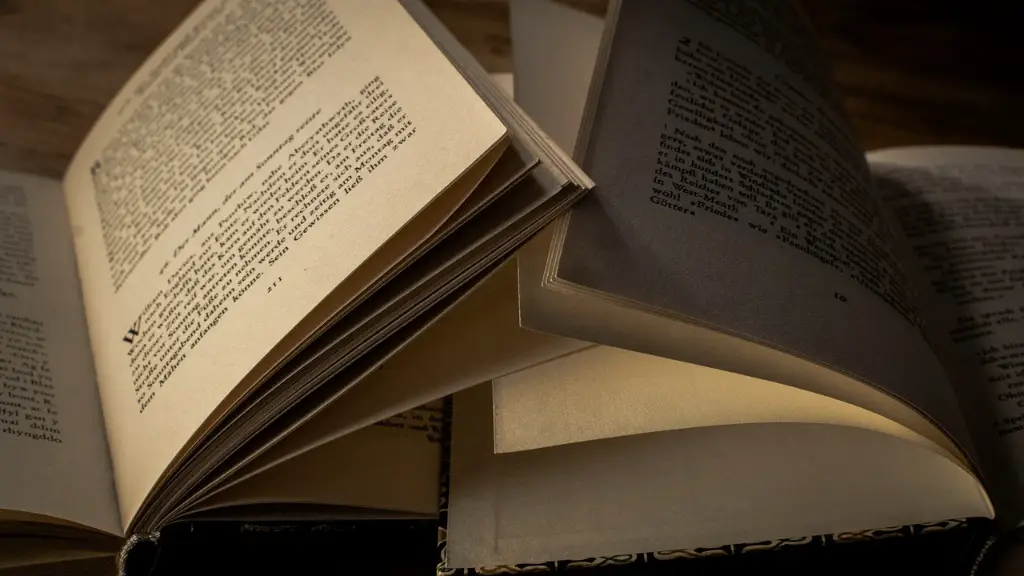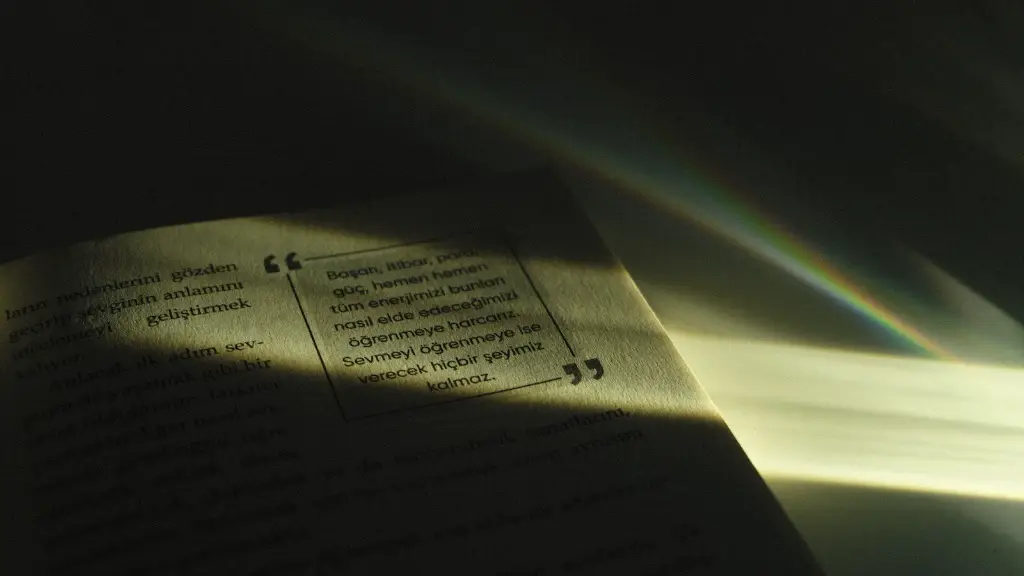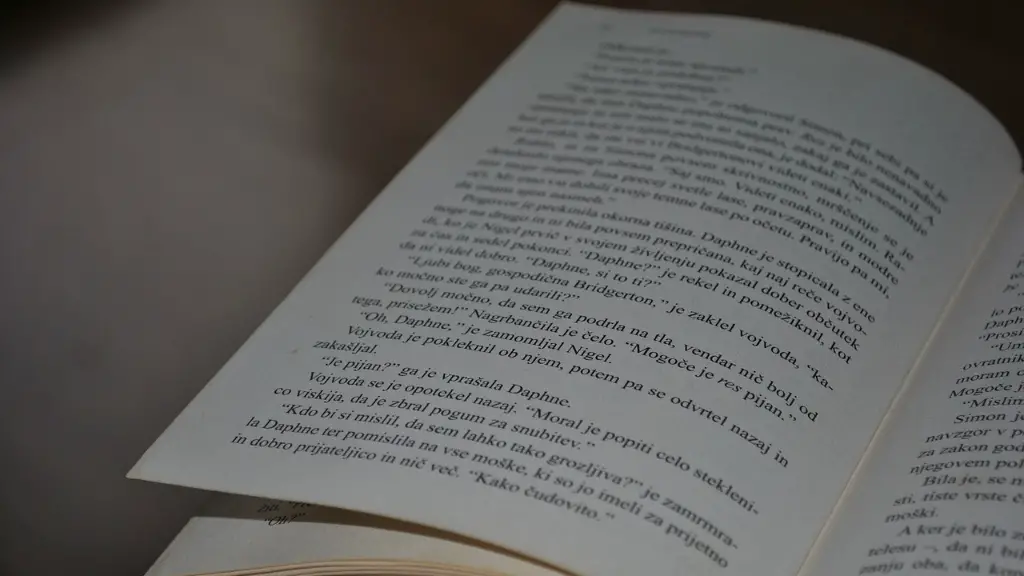How to write Haiku Poetry
Haiku poetry is a traditional form of Japanese poetry originating from the 17th century. It is composed of three lines containing five, seven, and five syllables respectively. While maintaining the structure of the haiku, the material of the poem is at the discretion of the writer. Haiku as a style of poem borrows from the detail-oriented, indirect writing style of ancient Japanese literature, as well as being closely related to the Zen Buddhist philosophy. Consequently, this type of poetry is traditionally designed to condense an idea into its most essential elements, balancing deep meditation and insight of nature with a few choice words.
Writing Haiku is challenging, but worthwhile nonetheless. It requires the collaborator to be creative, wise, and attentive. Here are some tips to help craft your own Haiku:
Firstly, it’s important to develop an atmosphere. Haiku is densely intertwined with nature, whether referencing the season, a location, a person, or an activity. Utilize simplification- a haiku should depict a scene, but not explain it. As such, give the reader enough details to create a vivid picture. For example, “The cool morning mist/ Reflecting rainbow colors/ On the calm lake” captures an atmosphere with using basic shapes and colors.
Pay attention to the form of the Haiku. It must have a five syllable line, followed by a seven syllable line, and ending with a five syllable line. To consider syllables, the writer will oftentimes break a word into syllables: “rain-bow” has two syllables, not one. While this is adhered by most traditional haiku, the modern haiku could also be made up of free-verse, or seventeen syllable line, as long it follows the 5-7-5 structure.
Most importantly, Haiku capture a moment in time known as kireji, or a “cutting word.” This specific term often comes in the form of a punctuation mark like an exclamation point, pause, or ellipses. This captures a moment within the poem which pushes the idea home, adding conclusion to the narrative without the need for explanations. “The stars, staring back/ Countless, vast, and wonderous/Until dawn breaks again.” Here, the kireji is the ellipses, implying that night will pass, as will such moments of awe, and again, until dawn breaks again.
Writing Haiku is a beautiful and challenging craft. Here are some additional tips to help cultivate your skill:
Consider metaphors and similes. To create direct images, a writer can illustrate something though metaphor or simile. For example, an owl’s hoot is like an attentive punctuation mark that travels through the night. Empowering a poem with a metaphor or simile will give the haiku a fascinating and unique perspective of that particular moment.
Evoke different moods. Whether writing about a winding river, autumn leave, or a sprouting seed, the emptiness of a haiku poem allows for a plethora of emotions and tones to be considered in your writing. One thing to remember is to invite the reader to join you in the experience. Writing a haiku is uncomfortable for many – the words ought to feel like a circle that continues to draw the reader’s attention and hold onto their emotions.
Finally, practice. Since writing Haiku is a craft, it should be practiced like one – without criticism and with patience. Reading other’s Haiku can help to become more familiar with the style while also identifying techniques utilized during successful haikus.
Drawing Inspiration
Often it is hard to know where to start when beginning to write a Haiku. As long as the intended topic is nature-focused, then anywhere can be used as a starting point. A park, the beach, a city, a mountaintop, a rainforest – each of these places has infinite details, moments, perspectives, and endeavors that can be used in a poem. To capture these moments, one must simply slow down, look around, appreciate, admire, and take in the atmosphere.
Nature-based themes can also be sourced from within, considering one’s mindset and emotions. How has one felt in the moments of beauty and awe – what has put one in the highest states to appreciate the world? Thoughts, feelings, and fears can act as an anchor for the writer’s discovery and creativity, allowing pain, joy, and love to become a source of guidance.
Also, there is a traditional method to inspiration. All five senses can be utilized: smell, sight, sounds, touch, and taste can be used to communicate the atmosphere in the poem. Sounds of the wind, the smell of blooming flowers, the taste of a sweet fruit, the sight of a tranquil lake, and the feeling of sand between one’s toes – these can take one to the perfect place of a Haiku.
In addition, inspiration can also be derived from mundane moments. A writer can observe an everyday activity and detail the feelings of passing minutes, then use these absorbing moments to create an image. A passing train, children playing, a sunset, a cloud in the sky – all of these everyday activities can stand as a source of creativity.
Choosing the Right Words
Haiku poems should use words that depict a single moment or idea with great accuracy. Avoid using words with empty sentiment, such as “beautiful” or “peaceful.” Rather, create emotion in readers with critically chosen words. For example, when depicting a sunrise, look for words that bring the sunrise to life – the way it cascades from the horizon, the way its colors reflect on the water, and the way its warmth radiates onto one’s skin.
Poets may also opt to keep their haikus short and sweet. To do this, choices should be made wisely and narrowed to the essential understanding of the atmosphere. If words do not help move the narrative along, then it is best to avoid using them. This concept follows the Minimalistic approach of the haiku poem – three lines and a simple atmosphere.
Additionally, words do not need to be overly complicated. Every writer has certain words they are comfortable using. Those words should be implemented, giving the poem a unique spin and a comfortable tone. This is especially important when writing in the native language. Even when the poem is written in English, it’s a great idea to hold onto the poetic foundations of the native language.
Finally, consider the arrangement of words. Placement of each word should be chosen maturely to attain the best emotion possible. For example, “The morning stars glitter” is an emotionless depiction, while “The glittering morning stars” can evoke a feeling of awe and wonderment. Emphasis should be placed on words that carry the most meaning.
Trusting One’s Work
No matter one’s writing style, each haiku written is a reflection of its creator. It’s important for the writer to trust their ideas – what message do they want to send and how will it be sent? Each haiku contains an entire story within three lines, so it’s important to stay true to the emotion one wants to evoke. Whether writing about the sunrise, a park, a person, or a river, the content should speak to the writer’s taste and understanding of the world.
If one is ever hesitant to move forward with a poem, the best thing that can be done is to give it time. Earnest feelings are often very raw, and they can be difficult to understand and process. Haiku is a way to express what needs to be said, so understanding one’s thoughts thoroughly is a keystone part of the process.
When all is said and done, writers should learn to enjoy the journey and celebrate the successes. Haiku is a challenging craft – when a haiku is created that brings satisfaction, it is worth celebrating and honoring. Writing haiku is a way to look inward, and can provide an ample opportunity for contentment and introspection.
Sharing One’s Work
Obviously, writing a haiku poem is an enjoyable and satisfying process. But if the poem moves one, it might move others too. Sharing works publicly can be a great way to engage with other writers and readers. Share the Haiku on a blog, have it printed in a magazine, upload it on websites dedicated to poetry, or publish it with a local literary organization. Friends and family will often be encouraging and supportive too.
Writing Haiku is a beautiful form of expression and art. By collecting the thoughts and feelings, turning them into words and imagery, and connecting them to the environment, the writer can create profound pieces. Through following some of the given tips above, writers can expand their creativity while also gaining an appreciation of one’s own presence in this world.
Editing Haiku Poetry
The most expensive and important step in the process of writing haiku is the editing period. Editing is the difference between a mediocre haiku and a brilliant one. Because of the limited words and structure, each syllable must be deeply considered. During editing, writers should ask themselves: Does this word hold significant meaning? Is the imagery clear? Is the kireji present?
To make the outcome of the haiku to be as successful as possible, it is beneficial to get help from outside sources. These sources can consist of friends, family, website editors, or even professional writers. As these people read the haiku, they can provide constructive criticism, thoughts, and other helpful feedback.
Editing is personal and creative. It is helpful to consider a haiku from various perspectives to make sure it is perfect. Additionally, the writer should look at the poem as if it were not their own – what is the message of the haiku? Does the narrative stand on its own? These are all important questions a writer should consider during the editing process.
Ultimately, however, the choice lies in the hand of the author. In the end, they must be satisfied with the work they created. If a haiku contains three lines of thought, emotion, and imagery that make the writer happy, then that could be seen as one form of success.
Supporting Haiku Writing
Supporting those who are beginning their journey of writing haiku can help them eventually develop the skill and approach needed for a perfect haiku. There are multiple books on the subject that give detailed instructions and advice. Additionally, there are many websites devoted to the practice of haiku. In many cases, reading those books and websites is the only thing a beginner needs to do to get started.
For those who wish to make their haiku even better, there are several online classes available. These classes are based from the perspective of both poetry and literature, teaching the basics of haiku and inspiring the students through reading, writing, and analyzing haiku. Starting a haiku club with friends can also be beneficial for growth. This way, each member can share their works, give constructive criticism, and become a part of a supportive network.
Lastly, taking part in international haiku competitions can be a great way to get inspiration and guidance from the masters of the craft. Going through these competitions can introduce one to various techniques while also pushing the creative boundaries of haiku.





